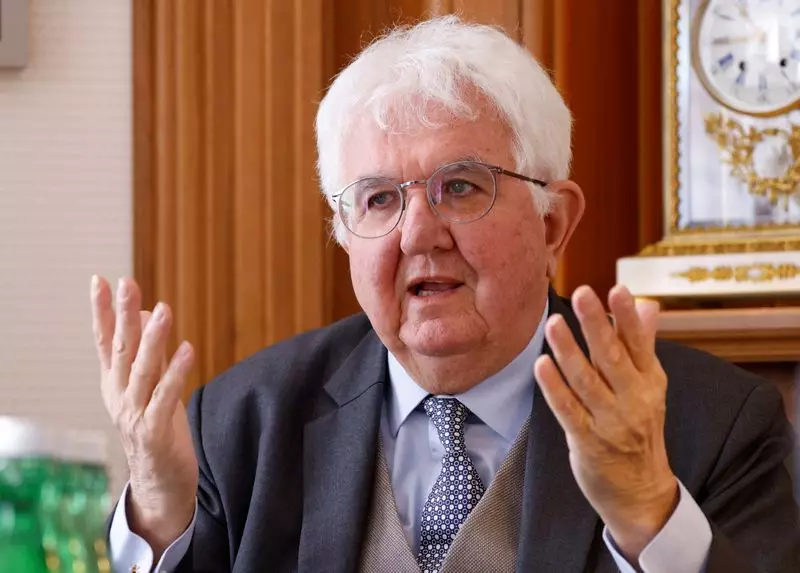Following the recent decision by the European Central Bank (ECB) to slash its benchmark interest rate, there seems to be uncertainty surrounding the potential implications of this move. ECB policymaker Robert Holzmann has expressed reservations about whether this rate cut signals a definitive shift towards lower borrowing costs or if it is merely a temporary measure.
Opposition to Rate Cuts
Holzmann, who serves as the head of Austria’s central bank, was the sole dissenting voice in the 26-member Governing Council that voted on the rate cut. Despite signals from the ECB indicating the possibility of such a move, Holzmann remained skeptical about the long-term impact of reducing the rate paid on bank deposits.
In an interview with Austrian radio, Holzmann emphasized the importance of data in influencing future policy decisions. He highlighted the potential considerations that the ECB would need to take into account, including the rate differentials between the ECB and the U.S. Federal Reserve.
One of the critical factors influencing the ECB’s decisions is the inflation rate within the Eurozone. While there has been an uptick in annual inflation, reaching 2.6% in May, there are lingering concerns about reaching the ECB’s target of 2% inflation. Holzmann expressed hope that this target would be achieved by 2026, assuming no further economic shocks.
In addition to domestic economic indicators, Holzmann pointed out the significance of external factors such as the policies of the U.S. Federal Reserve. The potential impact of the Federal Reserve’s decision on interest rates could have repercussions on exchange rates between the euro and the dollar, thereby influencing inflation dynamics within the Eurozone.
As the ECB navigates through uncertain economic waters, policymakers like Robert Holzmann are faced with the challenging task of balancing short-term monetary measures with long-term inflation targets. The recent rate cut may be seen as a step in the right direction, but the ultimate success of these measures remains contingent on various domestic and international factors. The road to achieving stable inflation and economic growth in the Eurozone is fraught with complexities and uncertainties that require careful consideration and prudent decision-making by central bankers.


Leave a Reply